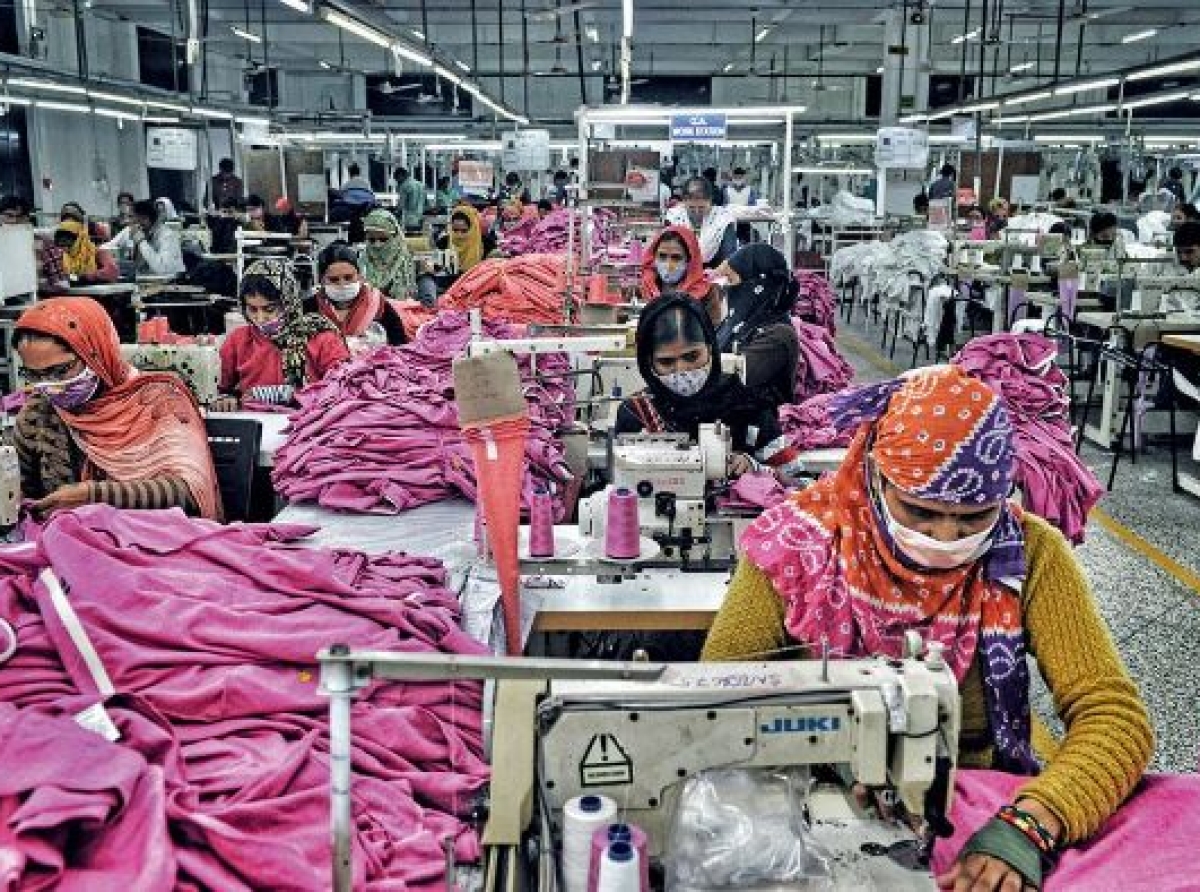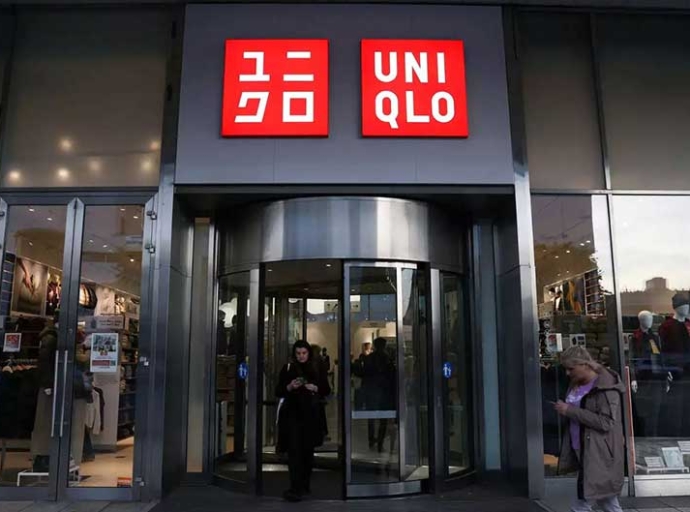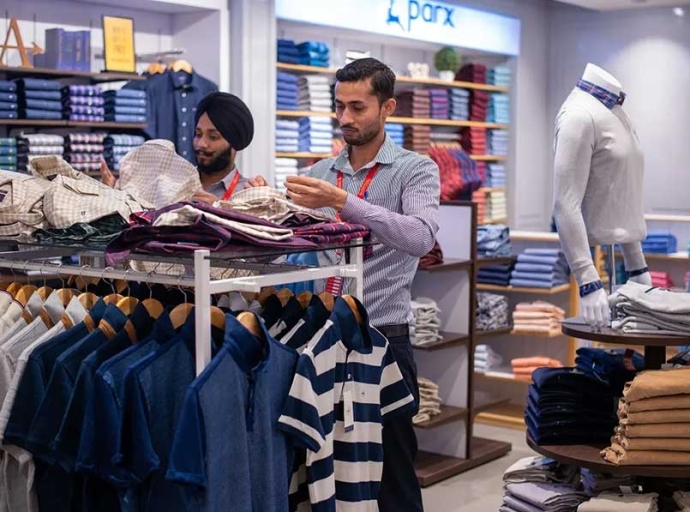09 March 2023, Mumbai
The Indus Valley Civilization, which is among the earliest historical documents of the Indian subcontinent, has references to the Indian apparel/clothing industry. Moreover, one of the oldest and biggest export sectors globally is clothing.
What needs to be recognized is that India's apparel exports have grown from a humble cottage industry in the 1960s to a major global player, but today it is faced with challenges of different natures on day to day basis.
"Unquestionably, Competitive pricing can only be the biggest lever for Indian apparel exports".
Ready-to-wear and ready-to-work; Due to its low fixed costs and focus on labor-intensive manufacturing, the apparel sector is frequently the usual entry point for nations engaged in export-oriented industrialization with India being no exception the textile industry traditionally, like agriculture is generating huge job opportunities for both skilled and semi/low/unskilled workforce, given that recently UN estimates articulated in a global report," India To Become World's Most Populous Country In 2023".
What drags the sector performance
what sets the cat amongst the pigeons; The biggest hold-up for Indian apparel exports is the biggest worry plaguing the industry emanates out of factors like the high cost of production, expensive raw materials, high energy & administrative costs, and a lack of efficient & super expensive logistics and infrastructure.
What further holds the sector back in perpetuity is India's intricate, archaic and complex labour laws have added a burden of the increased cost of doing business making the sector globally uncompetitive and impeding the growth of apparel exports thus stopping us from catching the bus. Stringent regulations have only added woes resulting in high compliance costs and reduced ease of doing business.
"Unpacking the Challenges Facing the Indian Apparel Exports Industry"
The production of apparel/clothing makes up a significant portion of the textile industry—more than two-thirds, according to estimates.
Moreover, the garment business and the rest of the textile industry are closely related. The three-stage value chain includes the first step of turning raw fibers into yarns, the second stage of turning yarns into the fabric, and the last stage of dyeing/printing, sewing, and finishing of fabric into apparel, resulting in the finished article of clothing.
Market data specificities
The effectiveness and competitiveness of these backward connections that function in the more significant textile industry are also essential factors in the success of the clothing sector.
A clothing company may anticipate its production process to be dependable and efficient and potentially increase its ability to compete on pricing if they effectively control the supply of raw textiles and supplementary goods.
As a result, both the prospects and performance of the apparel/garment industry and the entire textile sector strongly influence one another. Due to several variables, India has historically benefited from the comparative advantage in the textile industry.
The textile industry contributes more than 2% of the overall GDP or 12–14% of the GDP of the industrial sector, and 7% of industry output in value terms is material by all means.
Due to its high labor intensity, the textile industry is also a significant employer, notably for unskilled and semi-skilled labor. The importance of the textile industry is also derived from the fact that it accounts for a sizable portion of India's exports.
The malaise of the Indian textile sector
Nevertheless, the proportion of textile exports to India's exports has dropped over the past few years. Additionally, nations like Bangladesh and Vietnam are putting more pressure on India's textile exports.
Although the textile industry in India has been extensively studied, only a few recent studies have looked at the underlying causes of India's textile exports, notably the exports of clothing, which have yet to grow.
This article aims to close this gap in the research while also examining the effects of other types of policies, most notably tariff regimes, in the target markets. The investigation of the contributing elements behind this reduction in Indian garment exports is the article's primary goal.
How are Indian apparel exports stacked up
To get insight into the primary issues impeding India's garment exports, the report also analyses the international export performance of other significant apparel exporters. It compares its results with India's export performance.
The bird’s eyeview; India's apparel exports are languishing around $17 billion, Vs.Vietnam's $31 billion and Bangladesh's whooping $34 billion. It has to be mentioned here where Indian domestic apparel manufacturing sector takes to heart is India having a larger domestic market, while in the case of both Vietnam and Bangladesh draws benefits clearly out of lower labor costs, disciplined labor, and better infrastructure for export-oriented industries.
Where do we go from here; India ambitiously aims to double down its apparel exports to $32 billion by 2025 rewriting 'Global Market Positioning'.
Overcoming Current Challenges and Roadblocks; The good bit is positive policy interventions as the government has in recent times introduced policies to promote the sector, a whole host of steps such as tax incentives and funding for technology upgrades(ATUFS) well backed up incrementally by improving infrastructure, enhanced productivity, and ratcheting up of sustainable materials and responsible manufacturing are also pretty much part of the plan.
Latest Publications


































